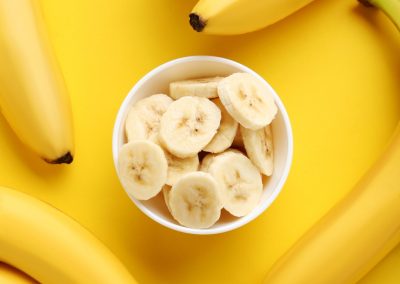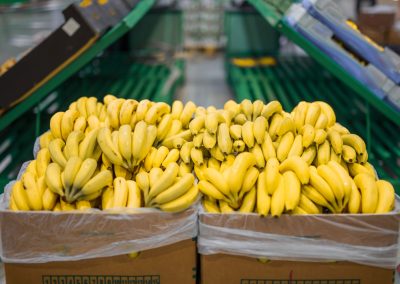
The Philippines is the second major exporter of bananas in the world. That alone is enough to tell you about the significant role the fruit plays in the country’s economy. By itself, bananas are an important source of revenue for farmers; moreover, its byproducts constitute their own industry. Plus, it’s a great-tasting and nutritious fruit.
There are over 20 known varieties of bananas grown in the Philippines. Among them, the Cavendish is the most prolific in terms of export as well as the biggest in terms of production, comprising almost half of the total volume. Locally, saba, lakatan, and latundan can be found in any household’s fruit bowl.
The banana industry has encountered numerous challenges through the years, from mites and climate change to poor infrastructure and even politics. Plantation bananas have been affected by the Comprehensive Agrarian Reform Program, which resulted in disputes over land distribution. In 2012, China, the biggest buyers of bananas, imposed quarantines on local bananas over the Scarborough Shoal issue. However, in 2016, restrictions were lifted and banana shipments in 2019 were valued at almost $2 billion.
In 2020, the logistical effects of the COVID-19 pandemic as well as the Panama disease (a soil-borne fungus that affects bananas), which already destroyed over a quarter of banana plantations in Mindanao, caused a decline in both volume (18.35%) and value (20.6%). Though expectations are largely the same this year, Pilipino Banana Growers and Exporters Association Executive Director Stephen A. Antig remains optimistic. Japan has become the number one importer of Philippine bananas and the group is also seeking to lower fees and streamline logistical restrictions.
On its most basic level, the value chain of fresh bananas undergoes five stages: input provision (planting), production (plant care, maintenance, and other agricultural practices), post-harvest consolidation (cleaning, grading, labeling, packing), trading and distribution (storage, transport, wholesale circulation), and retail (sale or manufacturing). The coronavirus caused bottlenecks in the system, which also resulted in more rapid spread of diseases.
Fortunately, measures are already being done to reboot the banana industry. The Department of Agriculture set aside P262.7 million for rehabilitation. The Department of Science and Technology, meanwhile, has launched a three-year program to study other banana afflictions.
Though the country’s banana production got off to a slow start this 2021, there’s no doubt that, with consolidated efforts and a little determination, it will soon perk up.
Sources:
“Philippine Banana Industry Roadmap 2019-2022”, Department of Agriculture High Value Crops Development Program
“Farmers’ Handbook on Introduced and Local Banana Cultivars in the Philippines”, Bioversity International







Recent Comments